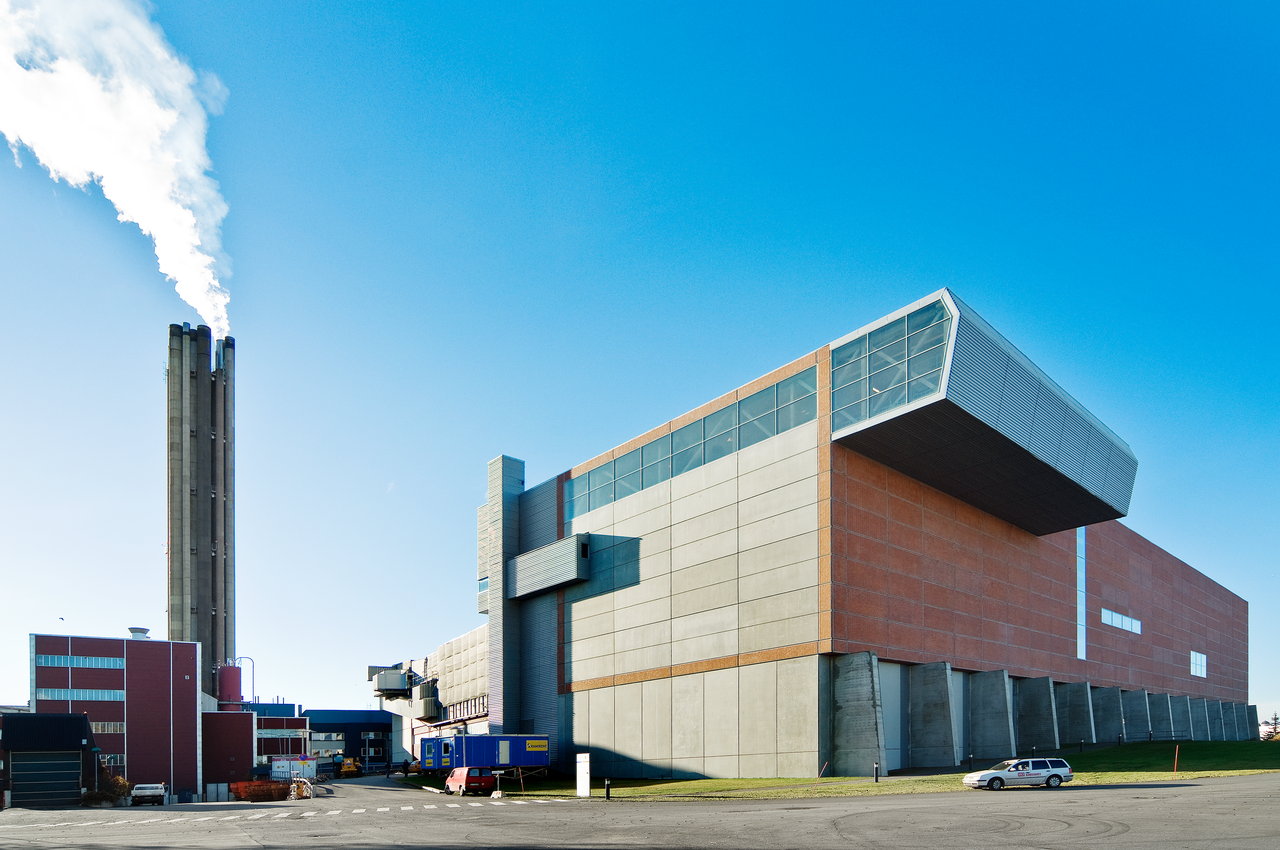

How district heating works to decarbonise cities
District heating is a system of delivering heat to homes and workplaces, as a modern alternative to gas boilers. The heat can be produced using low or even zero-carbon sources, for example by allowing us to harvest waste heat from around our cities.
District heating networks have been used for decades to significantly reduce emissions in cities across continental Europe, such as Amsterdam and Berlin, and are now increasing in number in the UK.
Plug and play heat
In a district heating system – also known as a heat network – the heat comes from outside of your home instead of being generated within your own boiler.
Heat networks can collect heat from multiple sources – including low or zero-carbon sources – which means they reduce the impact of heating on the environment.
This heat might be generated in a building with equipment specifically designed to produce and store heat (called an energy centre) or can be waste heat harvested from nearby buildings or industrial processes that would otherwise be released to the atmosphere. Lots of buildings produce excess heat that could be captured, such as factories, data centres and waste processing plants. This approach means we do not need to burn fossil fuels in our homes.
The heat network uses these sustainable sources to heat and pumps hot water directly into homes using a network of insulated pipes, filling radiators and providing hot showers for whole neighbourhoods.
By moving the site of heat generation outside of people’s houses, district heating enables us to capitalise on abundant sources of waste heat that would otherwise go unused and share heat across a wide network, diverting it to where it’s required.

Waste-to-energy is considered a low-carbon, partially renewable energy source and, when combined with carbon capture technology, can even produce carbon-negative outcomes.
As well as using sources that are much better for the environment and our air quality, district heating also offers safety advantages, as delivering hot water straight into buildings removes the need to ignite the gas in our homes, and reduces the risk of accidents relating to carbon monoxide and combustion.
For consumers, the upkeep and maintenance of the system is no longer a worry or expense, as all the key components are located outside of the home. This means no more staying home to let the plumber in if something goes wrong with the boiler; in fact, the chances are any issues would have been fixed before you would notice a problem.
District heating’s place in our energy ecosystem
We use a lot of energy, so it is natural we should rely on multiple different resources to produce it. As the general population becomes more acutely aware of the damage burning fossil fuels is doing to our environment, and the inevitability of these fossil fuels running out, a number of different ‘greener’ ways of creating, using, and distributing energy, including district heating, are being explored.
Hydrogen, for example, is a more environmentally friendly alternative heat source to gas since it produces no carbon emissions just water vapour and heat. However, although it is cleaner than natural gas to burn, currently most hydrogen is created from fossil fuels. While hydrogen certainly has a place in our energy future, district heating offers a more resource-efficient way to heat our homes, and would leave the hydrogen available for where it is really needed, such as the energy-intensive high-power industry.
Another alternative way to achieve low-carbon heat is through individual heat pumps for every residence. However, heat networks can demonstrate savings for customers through economies of scale. Maintaining one large, central heat pump is more cost-effective than maintaining multiple, small individual heat pumps.
Thinking big
Since generating heat at scale for multiple properties through district heating is a more efficient way of generating heat than using gas boilers or heat pumps within individual homes, it follows that the larger the network, the greater the efficiency savings. This means that heat networks are especially well-suited to urban environments with dense populations.
In cities where the cost per square foot of apartments can be huge, district heating removes the need for individual boilers, heat pumps, or a plant room for apartment blocks, instead expanding the available space in living areas and on rooftops. Across large developments, this can be approximately £7-£8,000 per square metre.
With scale comes the ability to store heat within the network, which means that heat generated in the morning can be delivered to homes in the evening. This relieves pressure on energy and fuel delivery systems during times of peak energy use, and helps to avoid peak price surges for consumers.

The challenge of hitting net zero
In 2019, the UK became the world’s first major economy to pledge to hit net zero greenhouse gas emissions by 2050. In order to meet this ambitious pledge, we are going to need to completely rethink how our society functions – including how we heat our homes.

